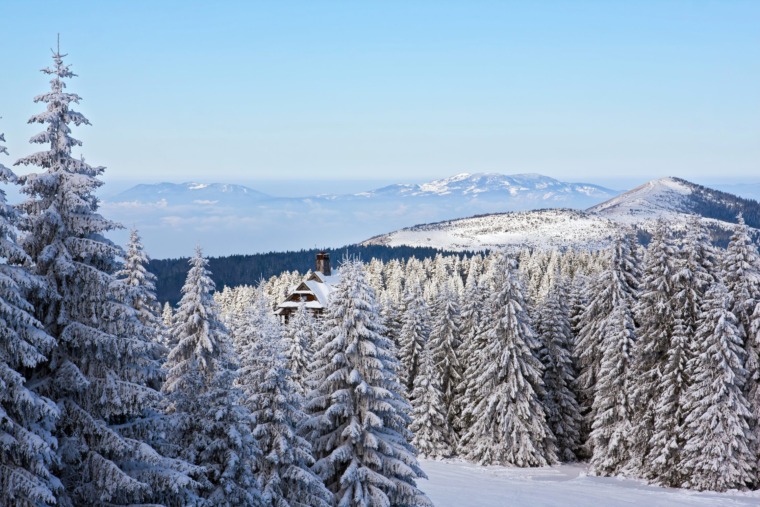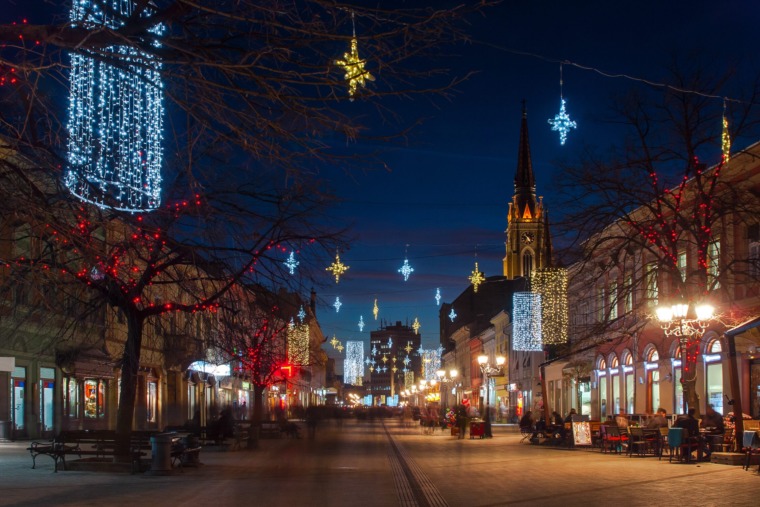
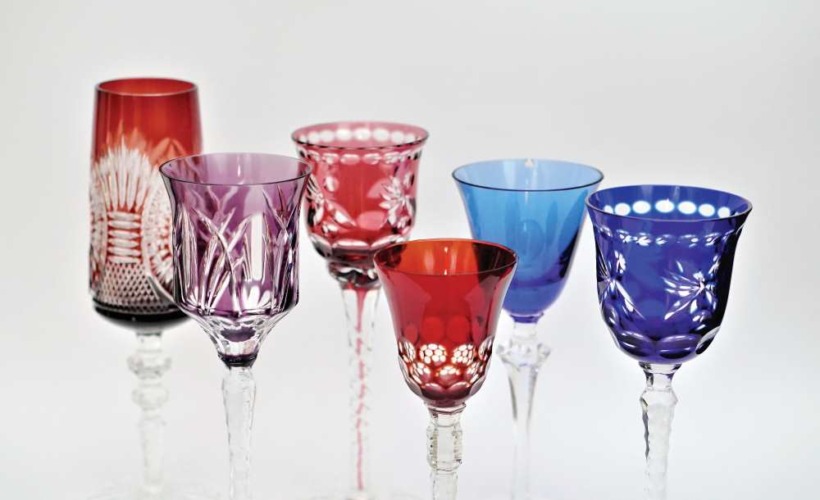
In the heart of the Pomoravlje region, in a town long shaped by craftsmanship and quiet creativity, one of Serbia’s most beautiful industrial traditions was born in the early 20th century — Paraćin glass. When the Serbian Glass Factory opened in 1907, and its first collection appeared just a year later, Paraćin gained far more than a manufacturing plant. It gained an identity.
Over the decades — through industrial growth, technological shifts, and generations of master craftsmen — Paraćin became a place where light itself is shaped by human hands. In the warmth of the furnaces and the precision of the craft, objects were created that graced homes across Serbia and beyond — objects that still carry the emotional glow of a time and a town.
Techniques and the Art of Decoration: Where Light Meets Form
Paraćin glass has never been just a product. It is a meeting point of technique and intuition — a space where raw material becomes an expression.
Through the years, craftsmen perfected an array of glassmaking and finishing techniques: cutting, engraving, molding, painting, etching, matting, antique finishes, and crackle effects. In their hands, glass gained personality — translucency with softness, lines that reveal precision, surfaces that capture light as if they belonged to a living being.
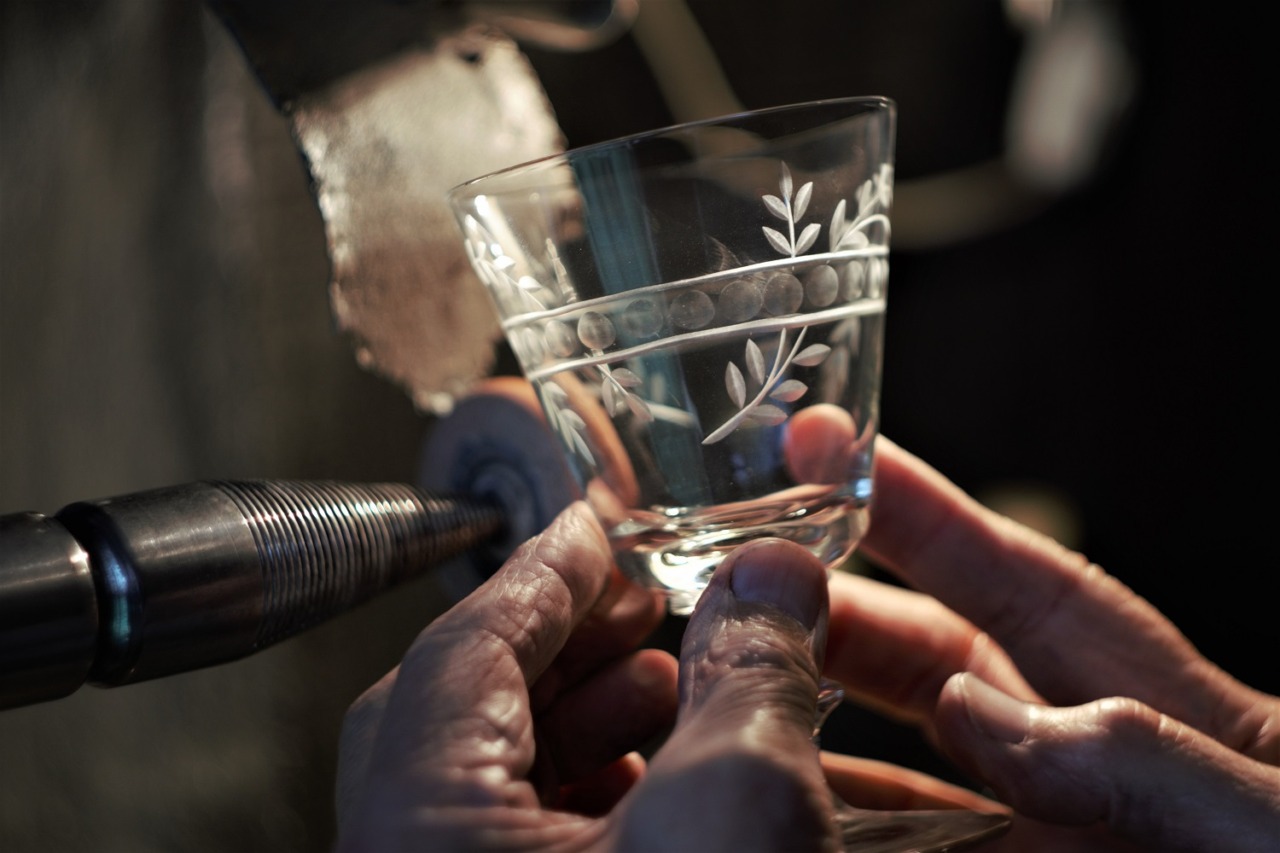
Decorating Paraćin glass always had one defining quality: it was crafted for the home, for emotion, for the everyday moments that deserve beauty. That is why even today, coming across old glass sets, cups, or vases brings a special warmth — they still shimmer with the same gentle glow.
Blown Glass: A Breath That Shapes Light
The most poetic part of Paraćin’s heritage has always been hand-blown glass. In this technique, a person quite literally breathes life into a material that has existed for millions of years — a deeply symbolic act.
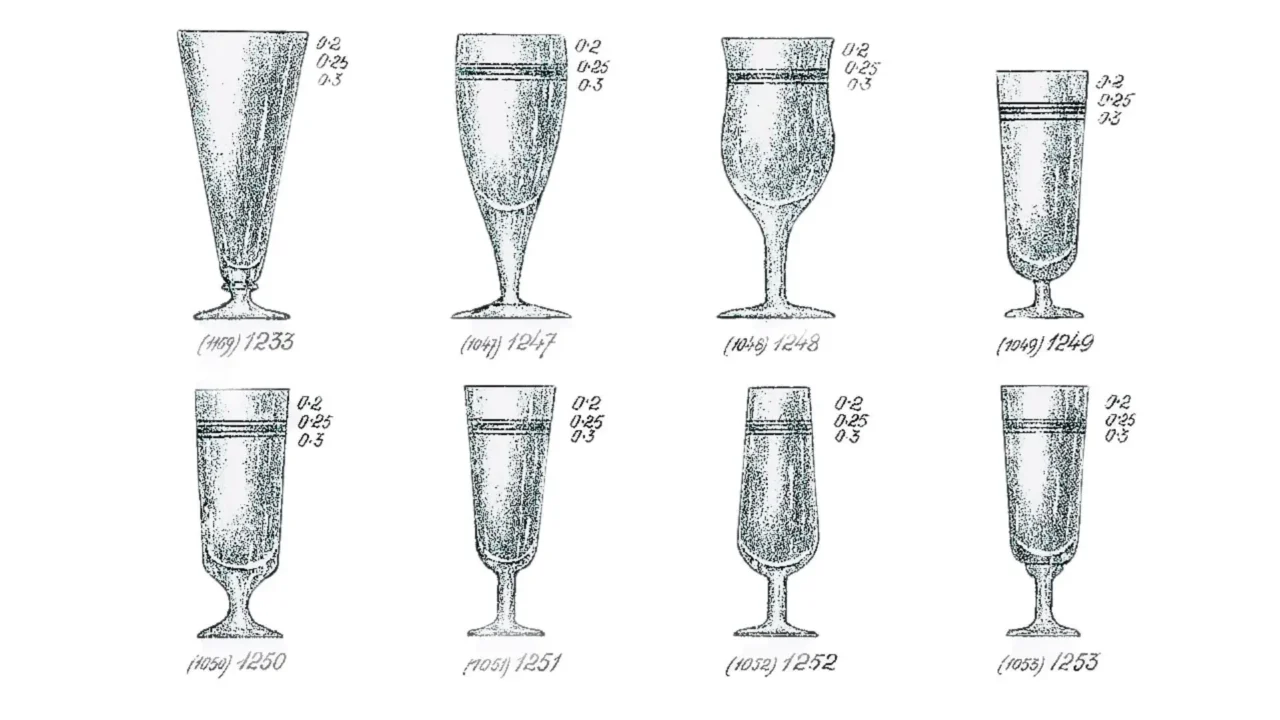
Product Catalogue, Serbian Glass Factory, Paraćin (1937), Paraćin Regional Museum
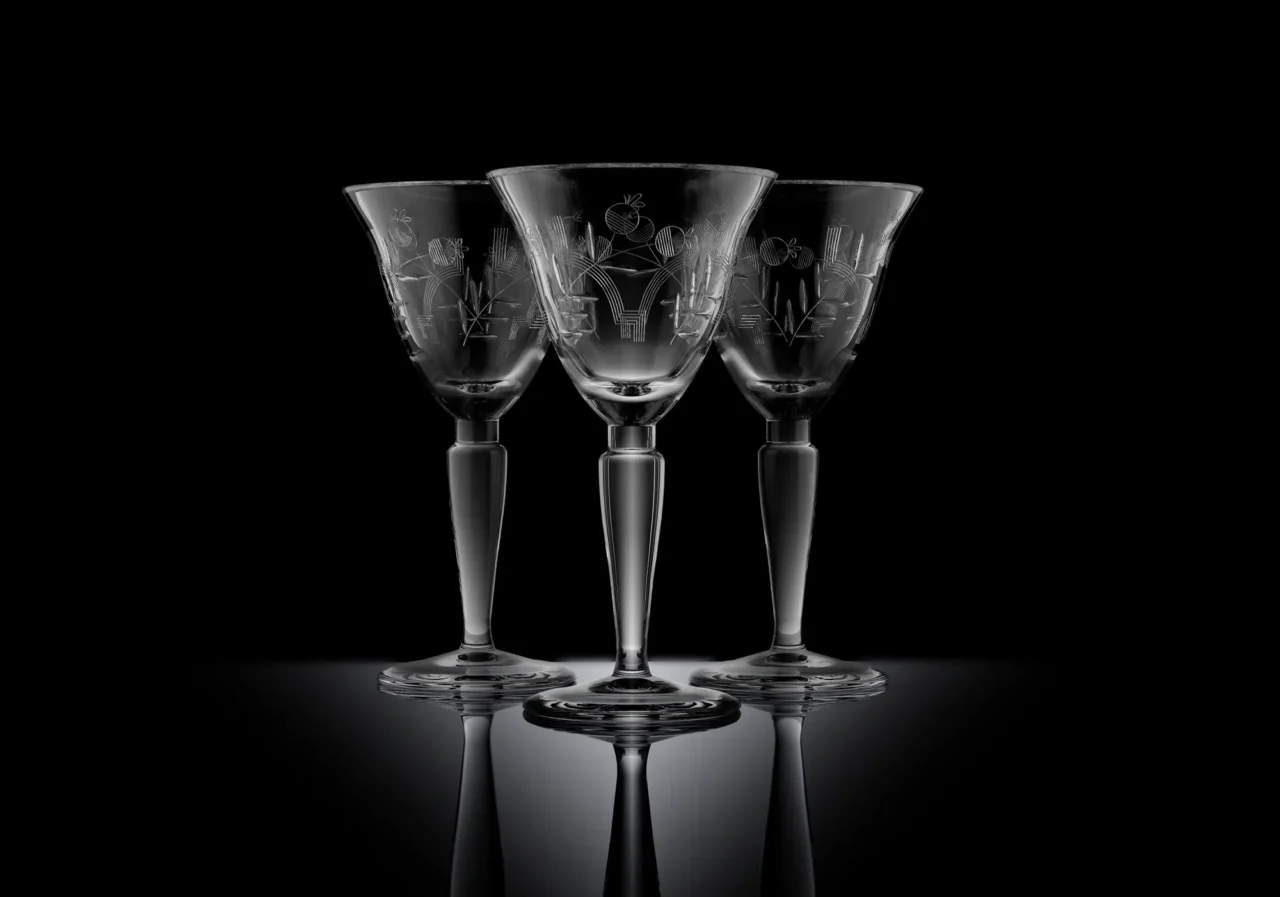
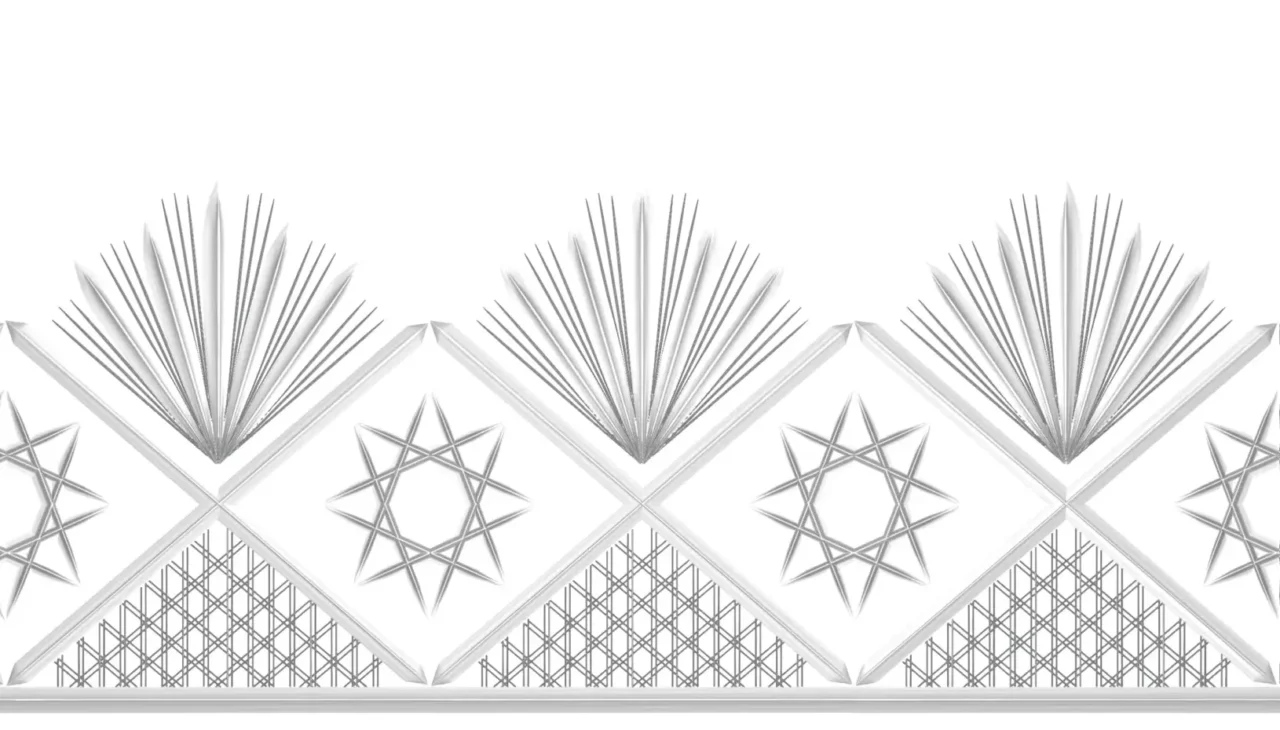
With the turning of the blowpipe, the subtle control of breath, and the rhythm of the shoulders and hands, glassmakers formed shapes that looked impossibly simple. Under the flickering flame of the workshop, the master always knew the precise moment when the molten mass stopped being obedient, when it reached the “true temperature,” when to rotate, thin, stretch, or stop.
Blown glass from Paraćin often carries a distinctive softness of form — as if it were shaped by movement itself, not by moulds.
Intangible Heritage: A Story Carried by People
Despite changes in ownership, systems, and technologies, one thing remained unchanged: the deep emotional bond between the people of Paraćin and their glassworks.
Today, Paraćin glassmaking lives on as part of Serbia’s intangible cultural heritage — not only through surviving objects but through memories, photographs, family stories, and the recollections of workers who spent entire careers beside furnaces, cutting wheels, engravers, and diamond machines.

The Creative Glass of Serbia initiative has played a key role in documenting, preserving, and revitalizing this heritage — through workshops, creative labs, digital archives, artist collaborations, and partnerships with local craftsmen.
This heritage is quiet and delicate, yet deeply important — because it tells the story of a town that never saw its industry merely as work, but as a shared value.
The Importance of Paraćin Glass Today
At a time when the world is rediscovering artisanal crafts, originality, and handmade beauty, Paraćin glass has a new chance to shine. Its history is not only industrial — it is personal. Its aesthetic is not just visual — it is cultural.
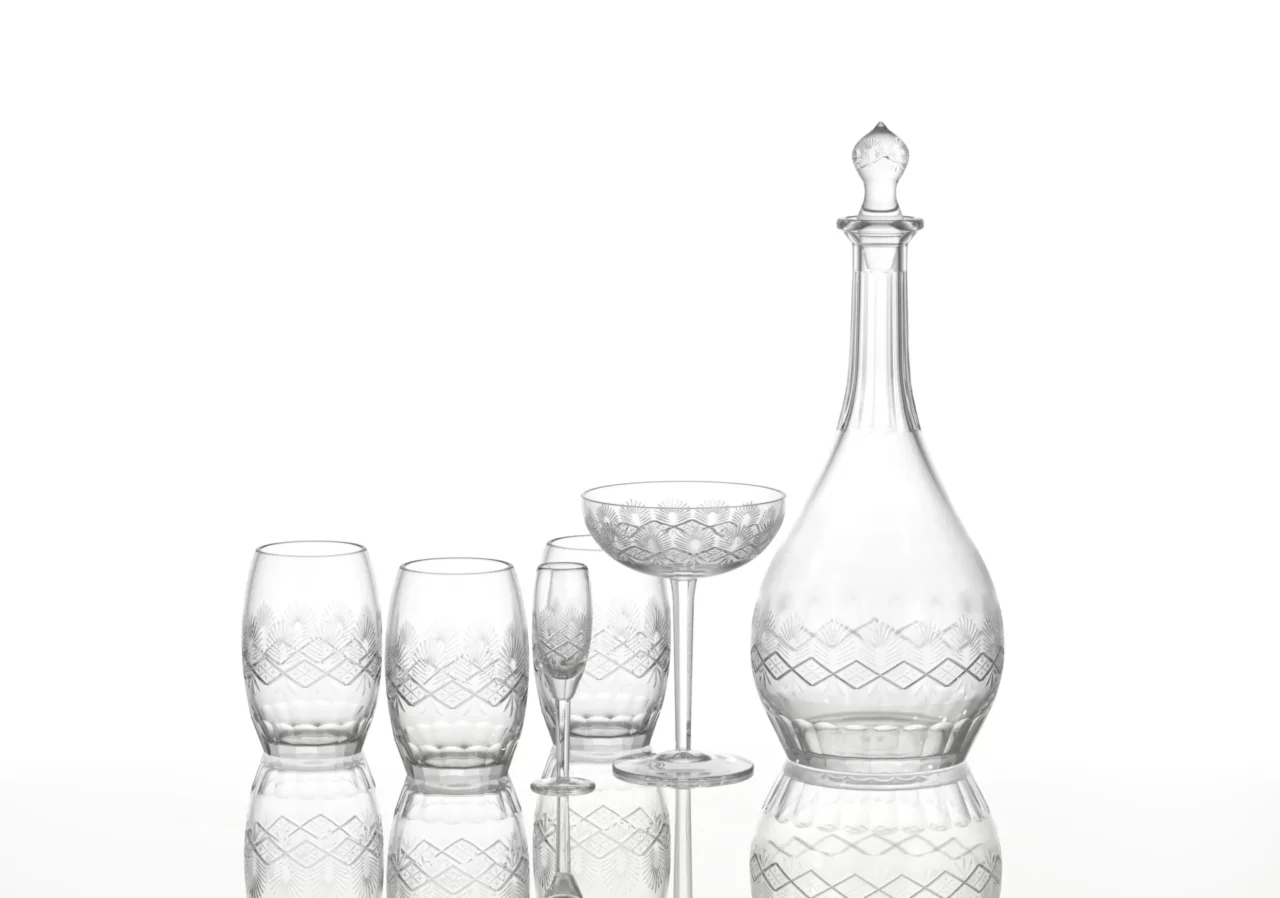
Today, Paraćin glass represents:
- proof that art can be born where industry once thrived
- inspiration for new generations of designers and artists
- a bridge between tradition and contemporary creativity
- a symbol of Serbian resilience, warmth, and craft
Like the famous Czech glassmaking tradition, Paraćin glass has its own spiritual geography — but while Bohemian glass is synonymous with luxury, Paraćin glass is synonymous with humanity. And that is its greatest strength.
The Glass Museum in Paraćin: A New Home for a Century-Old Tradition
On the grounds of the former sales and storage buildings of the old Serbian Glass Factory, a new story is emerging — the Paraćin Glass Museum. Designed as a modern guardian of the craft that shaped the city’s identity, the museum will honor more than a century of glassmaking heritage.
Celebrated for its blown-glass techniques and unique colored crystal, Paraćin glass was once a jewel of the Yugoslav region. It is only fitting that Paraćin receives an institution devoted to preserving this knowledge, showcasing vanishing crafts, and reviving the industrial legacy that produced timeless objects for generations.
The museum is being created through the revitalization of an existing industrial complex, which retains its original structure but gains a contemporary architectural expression. The project introduces a larger exhibition space, a new foyer, modern work and service areas, and a raised ceiling that opens the interior into an impressive volume.
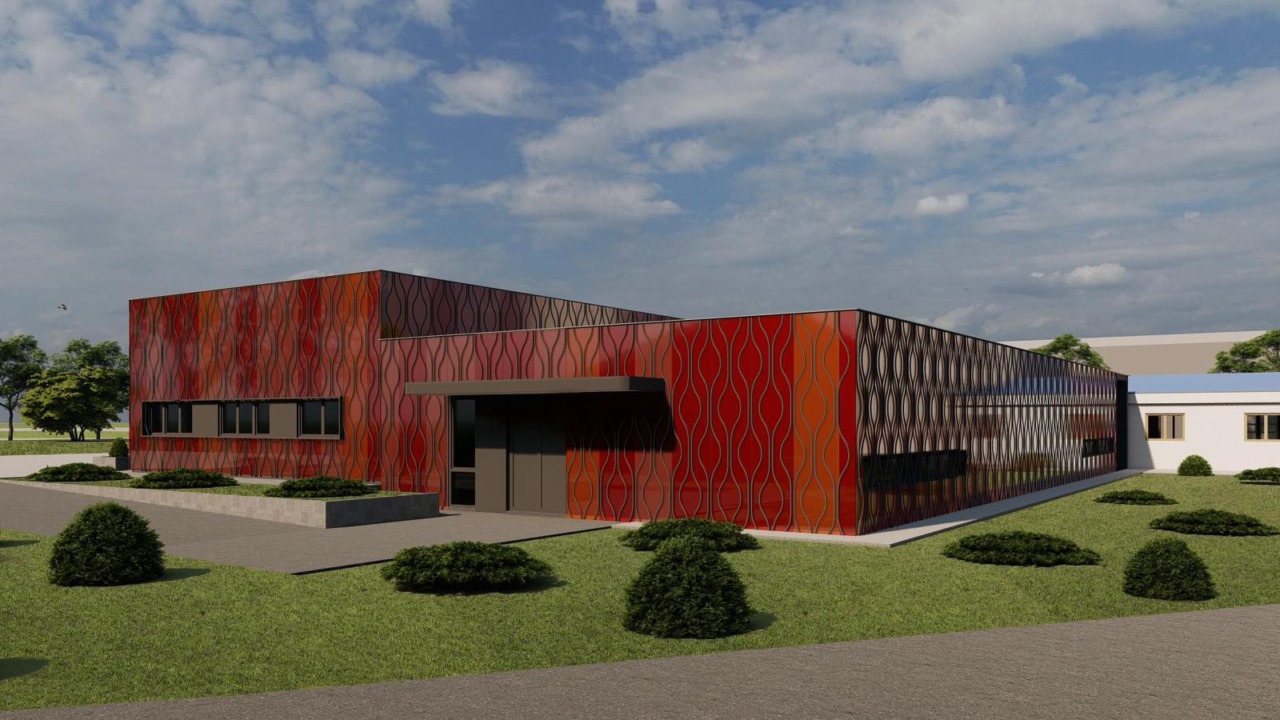
Its most recognizable feature will be a futuristic glass façade wrapped in a metal “lace”, inspired by the moment molten glass is blown and a new form is born. Shades of orange, red, and molten glow transform the building into a vibrant shell that pulses with the region’s heritage.
Inside, visitors will find preserved examples of Paraćin glass, tools, techniques, and a striking glass mural in the colors of melted glass, symbolizing the continuum of the craft.
Once completed, the Paraćin Glass Museum will be not only an architectural landmark but also a place that reveals to the world the depth and beauty of Serbia’s glassmaking heritage — a living treasury of skill, light, and warmth.
A Light That Endures
Paraćin glass is not merely a part of the past — it is living proof that tradition can evolve, be revitalized, and find new purpose. In its clarity lies the story of a town, of the craftsmen who held light in their hands, and of an art form that grew from industry into identity.
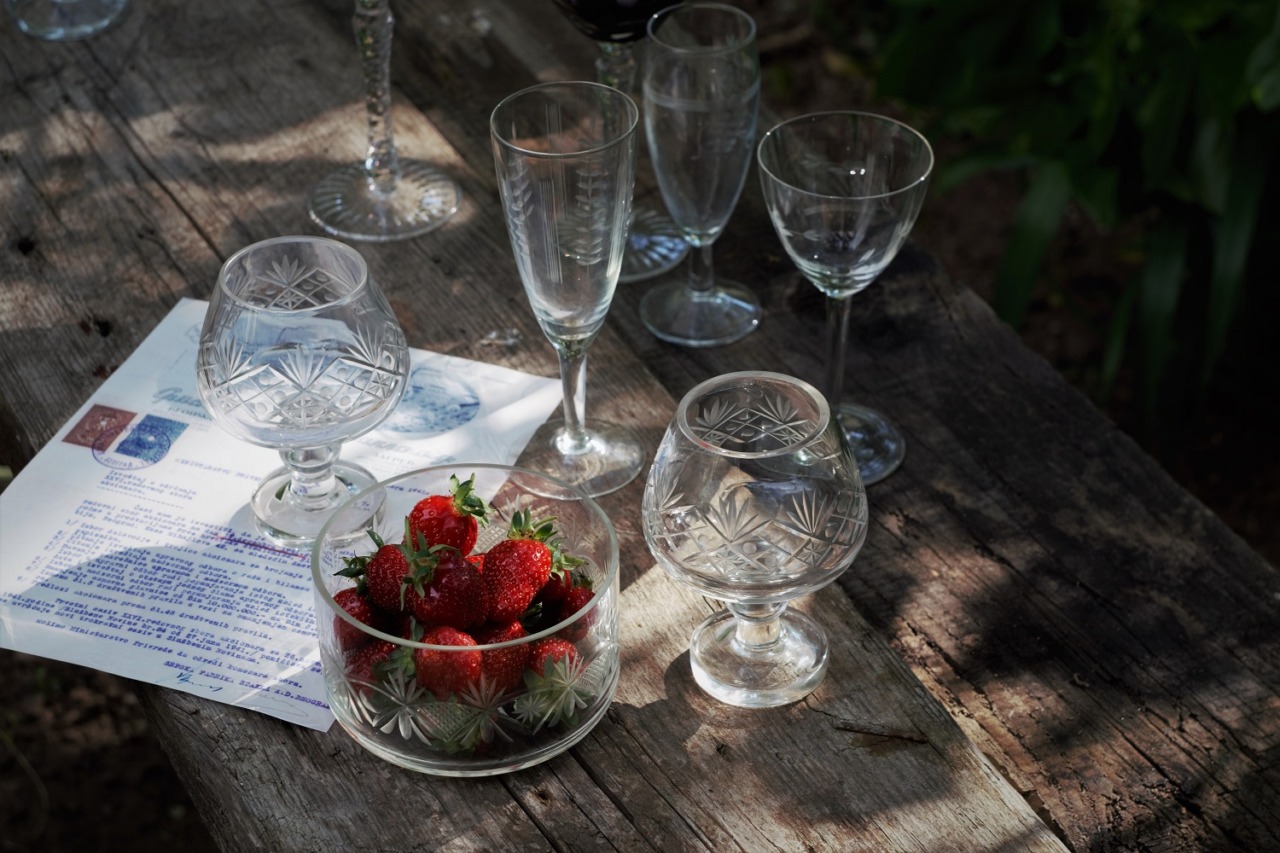
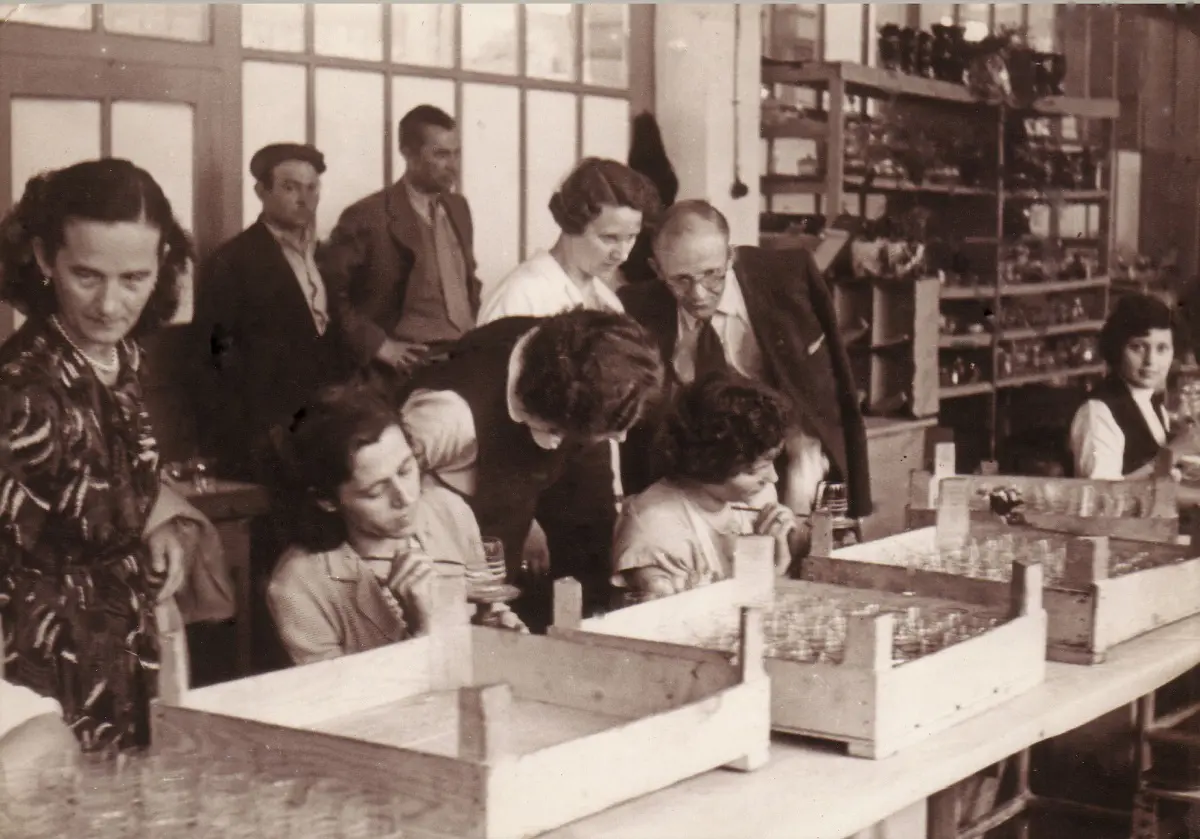
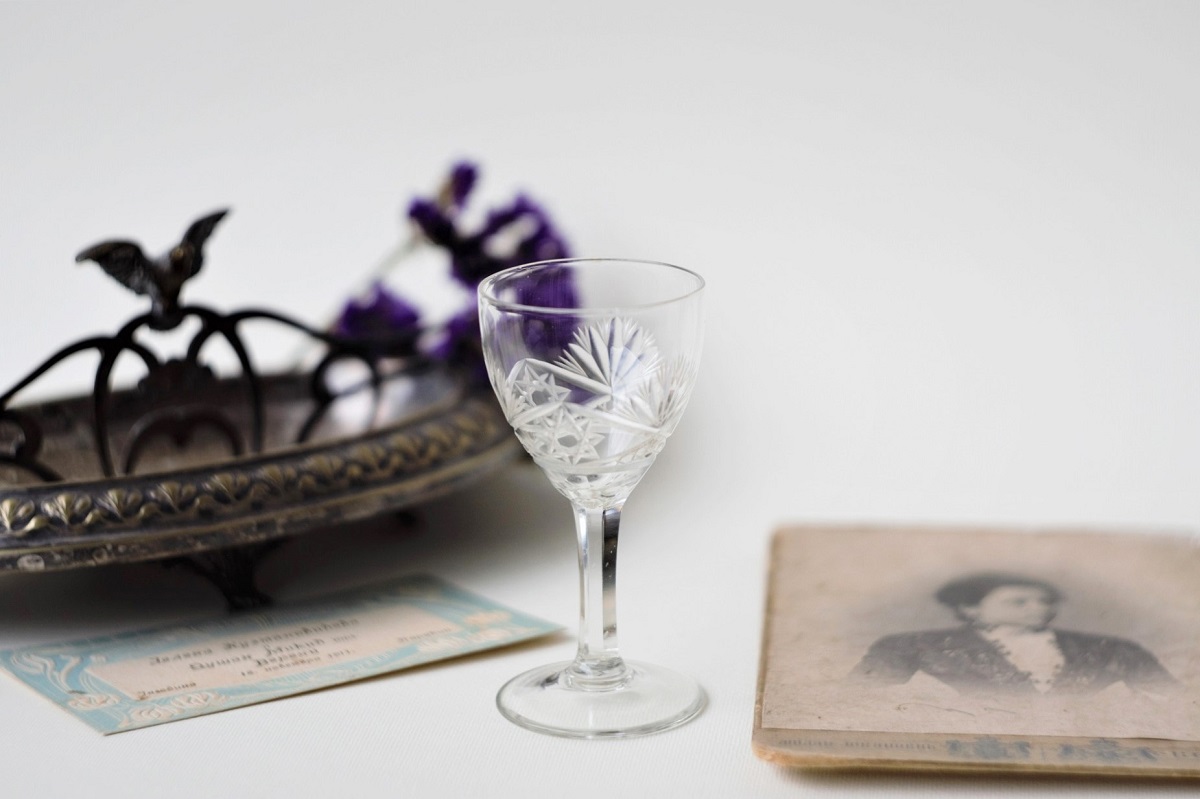

The story of Paraćin glass is one that endures — a story of light, breath, warmth, and beauty that has lasted for more than a century.
Featured photo: Glasses made of überfang crystal (handcrafted). Sample and exhibit collection of the Serbian Glass Factory AD Paraćin, of cultural and historical significance. Photo: Institute for Creative Entrepreneurship and Innovation, sourced from www.creativeglassserbia.com
Related Articles

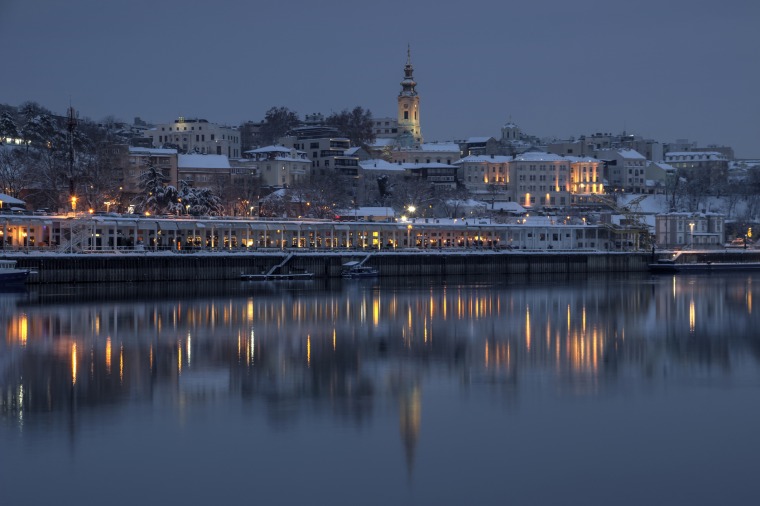
Belgrade in December: A City of Lights, Warmth, and Holiday Magic
December 5, 2025